I. Getting to know the cash register

The world’s earliest cash register was made in 1879 by the American brothers Jemmins Liddy and John Liddy, and its function was only to achieve business record memo and to monitor the misconduct of hirers. By the late 1960s, with the leap forward in electronic technology, Japan took the lead in developing the successful electronic cash register (ECR). The invention of the electronic cash register was epoch-making, with its technical performance and commercial functions far exceeding those of the prototype institutional cash register, with intelligent, networked multi-functional features, becoming an effective tool for labour management, accounting account management and commodity management in commercial sales and tools for labour management, accounting and merchandise management in commercial sales. By the mid-1980s, a powerful commercial terminal system (POS) was created, becoming the third generation of cash registers. The major difference between POS and ECR is that it has the feature of direct and immediate billing, with strong online real-time processing capabilities, POS integrates computer hardware and software to form an intelligent, commercial workstation that can work independently or in a networked environment.
Looking at the picture above, you certainly won’t associate it with modern cash registers, good this is the first generation of cash registers, invented by the American James Litty. At that time he used his engineering knowledge to invent the cash register in order to avoid miscalculations and secret deductions by the clerks in his shop.
II. The significance of using cash registers
The commercial electronic cash register has fulfilled the wishes of shop operators all over the world as desired. Its high accuracy in accounting operations, high efficiency in sales statistics, and high factuality in merchandise management make it possible for commercial operators to invest little, but to grasp all data in the process of merchandise circulation quickly, accurately and in detail, enabling them to conduct market surveys, internal management, decision-making consultations, and employee departmental appraisals This enables the operator to make use of market research, internal management, decision making and employee evaluation, and to reduce operating costs on a large scale. It is no exaggeration to say that, without the commercial electronic cash register, there is no business automation and modernisation. In the future business, without the help of the commercial electronic cash register, operators will be at an absolute disadvantage in the market competition.
Third, the advantages of the electronic cash register
Quick and correct collection, customer satisfaction.
Cashier through the customer purchase information entry, the cash register to make a rapid response, the correct calculation of the transaction amount and display the money receivable, the actual money received, find the money and other information, reduce the cashier to the amount of the transaction calculation time, improve the cashier speed, especially the commodity bar code technology application to make the cashier speed increased by three times, reduce the single transaction time, improve the operating efficiency, convenient for customers.
Support for multiple payment methods.
Support customers’ cash payment methods, cheques, credit cards, foreign currency, gift vouchers, bills of lading and other payment methods. Even in the same transaction, pay in multiple ways, greatly meet the needs of customers at different levels.
Performance statistics for management.
The cashier can record the sales performance of the cashier in the business and customer shopping information, and can print a variety of forms of reports, directly for management services for decision-makers to improve the objective basis.
Accurate checkout, to eliminate fraud.
The application of the cash register, so that the enterprise’s money, material subject to strict control, shorten the checkout time to improve the accuracy of the correctness.
Fourth, the structure of the cash register composition
The structure of the electronic cash register is mainly composed of two types of electronic devices and mechanical components, with seven components.
1) Main board — central data processing components
2) Memory — storage of information, data, procedures
3) Keyboard — used to input various sales data
4) Printer – for printing sales invoices and managing stubs
5)Display screen – used to facilitate human-computer dialogue between cashier and customer
6) Money box – for storing cash receipts
7) External device interface — used to connect various external devices
V. Cashier’s external equipment

With the development of modern technology, the electronic cash register attachment equipment gradually increased, the common ones are mainly the following.
1) Printer — In addition to the built-in printer, the electronic cash register can also be connected to external printers (such as kitchen printers and ticket printers used in the catering industry.
2) barcode reader — also known as barcode scanner, is the barcode reading device, from the appearance can be divided into four kinds: pen type, handheld, desktop, card type, according to the light source can be divided into two kinds: infrared light and laser.
3) Magnetic card reader and writer – it is a magnetic recording signal reading or writing device. The information recorded by the credit card is read into the cash register. It has more types and models, distinguished from the number of magnetic traces as single track, double track, three tracks.
4) Electronic scales – When weighing and measuring goods on site, the electronic scales transmit the weight extremely data to the cash register.
5) Modem — that is, MODEM is the cashier’s data through the telephone line to the computer.
6) Back-up power supply – i.e. UPS is used to supply electricity directly from the battery to the cash register after a power failure.
7) Communication networking interface — its hardware consists of a set of chips or cards and physical ports, and its software consists of a set of programs. There are mainly interfaces for communication between the cash registers and the 485 interface card that connects the cash registers to the computer.
Six, what is a class of cash registers
A class of machine with fewer departments, generally less than 10, PLU less than 350, less settlement, generally provide the amount of table, cashier operating table, departmental sales table, and PLU sales table, does not have the ability to communicate.
Seven, what is the second class of cash registers
Class II machine department number 20 or more, the number of PLU to more than 300 more than four kinds of settlement, more than four kinds of report function, data temporary storage after the transfer function, can also be called open talk pending accounts, can communicate with the computer network, with the interface of the cash register attached equipment. The second class machine program curing, chip dedicated, the bottom of the degree of user intervention is the important distinction between the second class machine and the third class machine mark.
Eight, what is the three types of cash registers
Type III machines, also known as PC-BASE type cash registers, are a new generation of PC-based electronic cash registers, which increase the information processing capability on the basis of the information collection function of Type II machines.









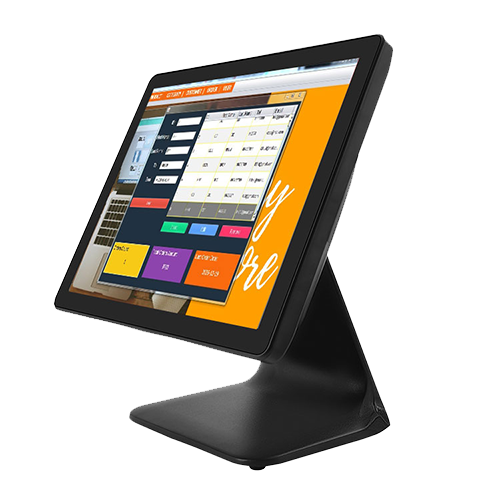




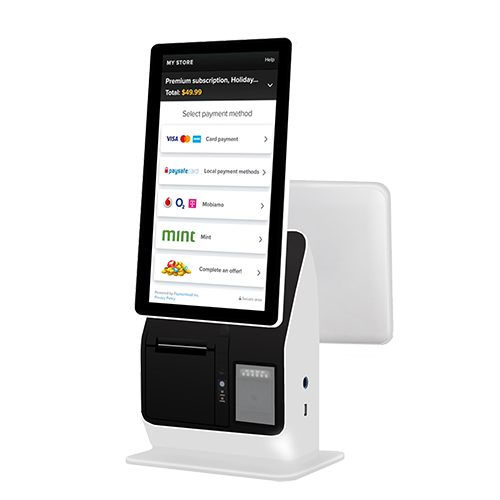


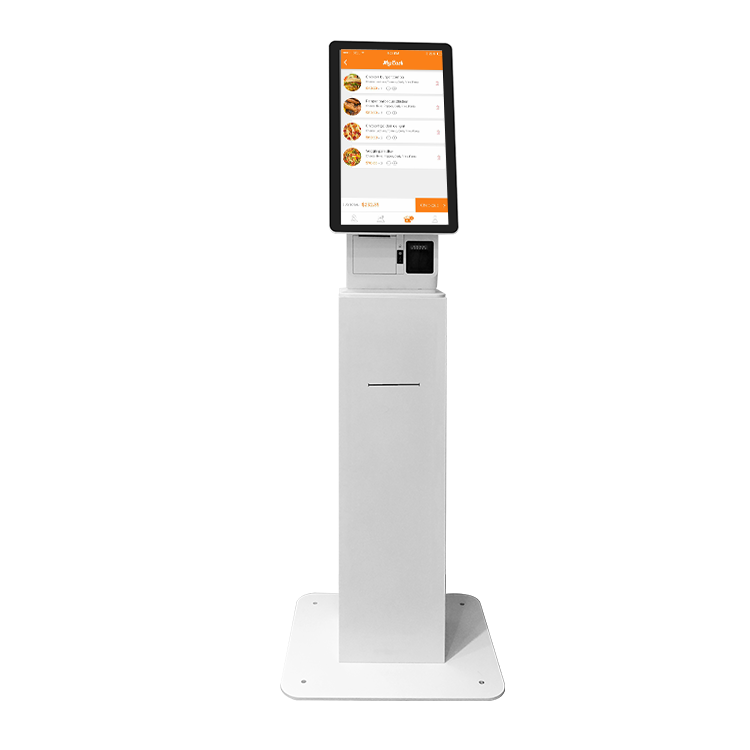



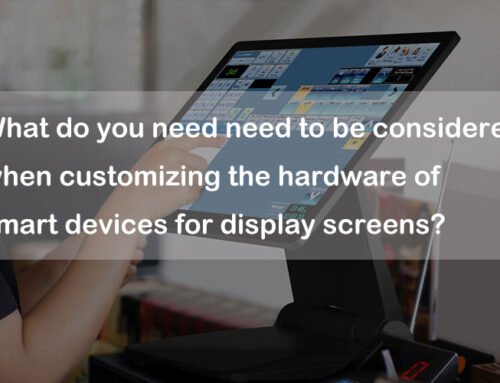
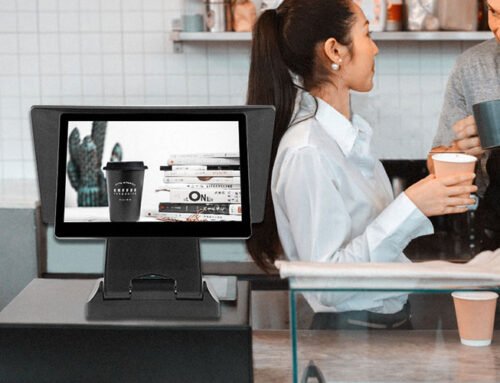
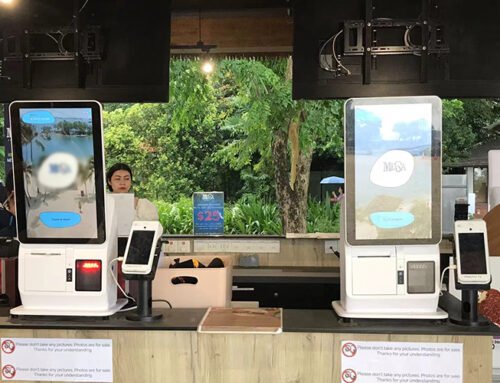
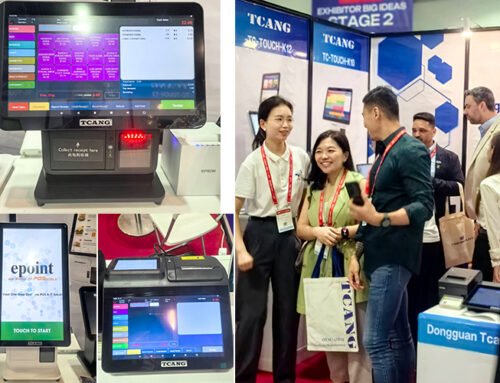
Leave A Comment